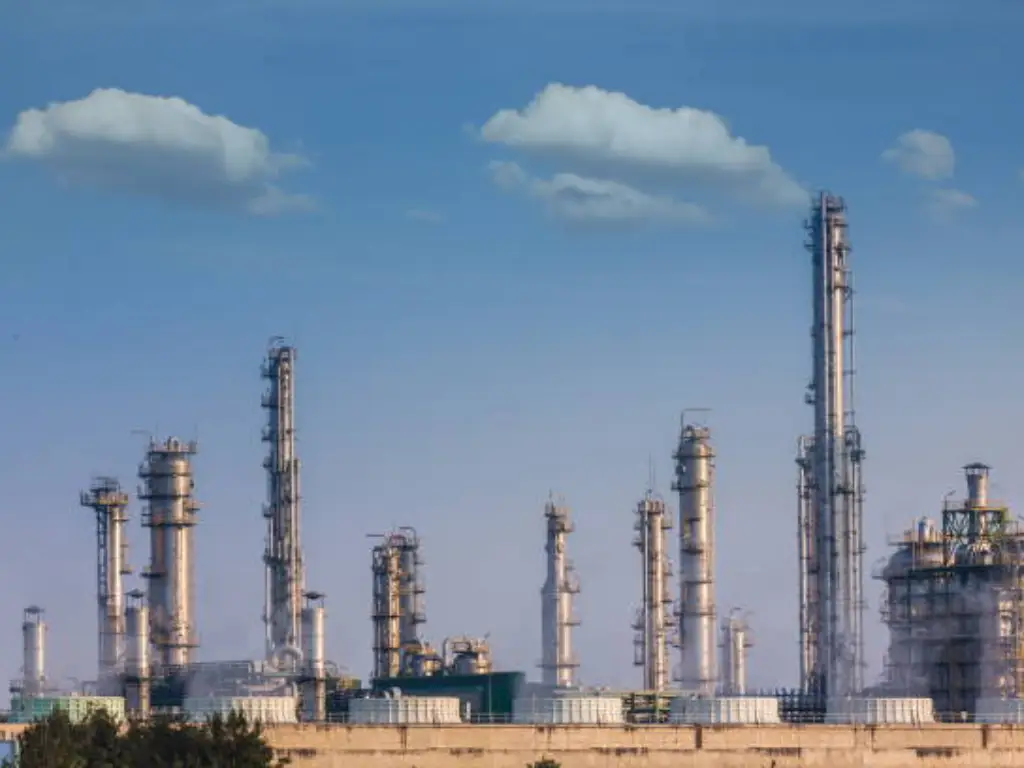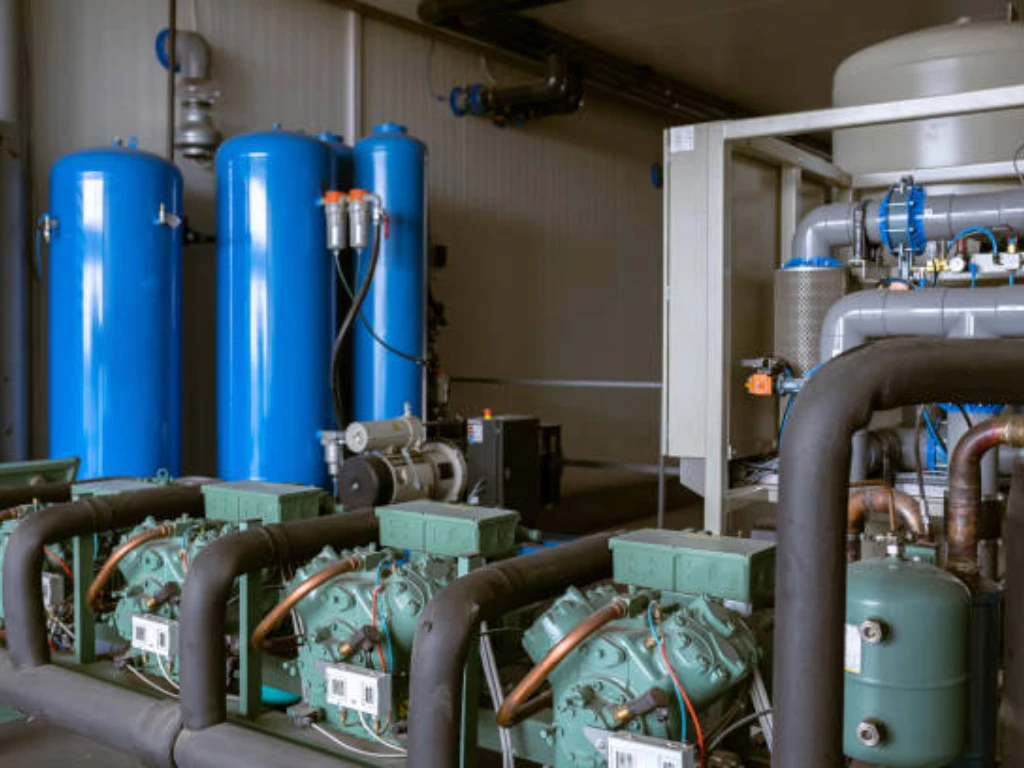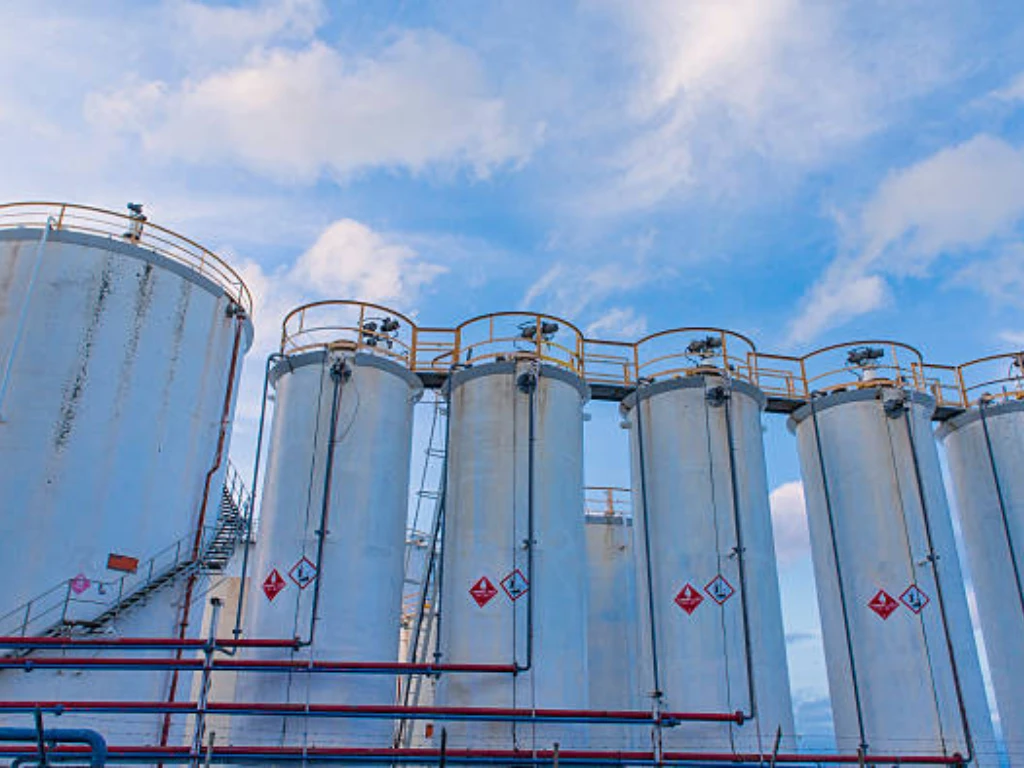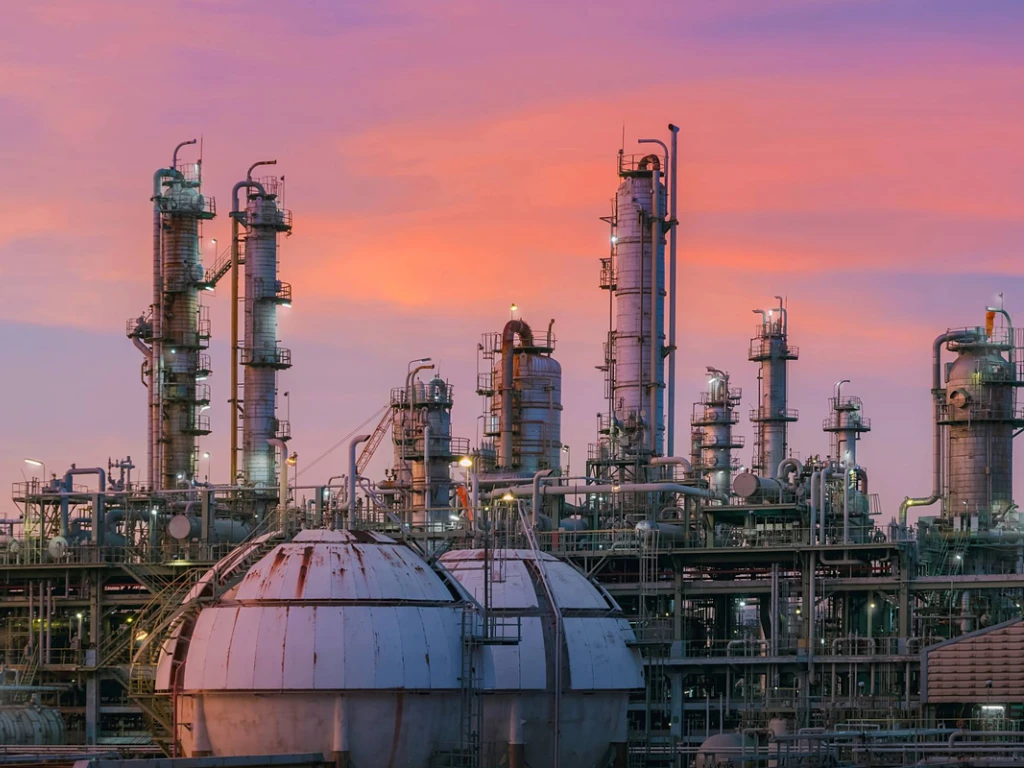Source: https://www.jalonzeolite.com/
The process of separating nitrogen and oxygen is not as simple as people assume it to be. The number of applications we derive from the separation of gasses cannot be understated; they are immense. One of the most important elements used in this process is the Zeolite 13X.
There are a number of Zeolite 13X variations with the most recent one, the Zeolite PSA JLOX-500 improving and refining the process even further for more efficiency. We are going to explore this and what Zeolite 13X entails the main properties that make it an ideal item in the separation of oxygen and nitrogen, and the challenges one would expect to see. If you have been curious to know about the processes that take place here, then stick around to the end.
What is Zeolite 13X?
Source: https://www.jalonzeolite.com/product-item/13x-molecular-sieve/
Zeolites are structures of crystalline nature that are usually made up of aluminum, silicon, and oxygen to form a network of cavities and channels that allow for molecules of water and other elements to reside in them. They are better known as molecular sieves due to their nature. A good number of zeolites occur naturally and are used in many applications around the world, especially on the industrial level.
At the same time, thanks to technological advancements, zeolites can now be made synthetically, and this has further increased their usage across the board. Today, there are over 191 zeolites that exist and are used widely. Among these is zeolite 13x.
Zeolite 13X is a synthesized type that is named from low-grade natural kaolin through a process that involves an alkali fusion and a hydrothermal treatment without any dealumination. There are a number of factors that affect the process of making Zeolite, and this ultimately affects the efficiency of the separation of oxygen and nitrogen later on.
Why use Zeolite 13x Molecular Sieve in Oxygen Generation?

Source: https://jalon1.10web.me
There are many options that can be used as molecular sieves in the separation of oxygen and nitrogen, but most manufacturers choose to go with Zeolite 13X for specific reasons. These include the following.
- Zeolite 13X has a higher adsorption rate than most of the other options that are available in the market. Their high porosity gives them the ability to absorb large quantities of nitrogen, and this makes it easy for oxygen and other components to be collected easily.
- Zeolite 13X can separate the different gases efficiently thanks to their large surface areas. When that is combined with the high porosity, you have in your hands a very capable nitrogen-oxygen separator.
- Zeolite 13X is able to work in extreme conditions of high pressures and temperature without coming apart or releasing other compounds that may contaminate the process. This makes it a very clean option to go with us you are assured of success. When you consider that most of the oxygen is used in hospitals, the need for clean air is very important.
How Does 13x Molecular Sieve Work In Adsorption?
Source: https://www.jalonzeolite.com/products/#activated-zeolite-powder
The efficiency of a molecular sieve depends on a number of factors and the materials and chemicals used in the process. But the step-by-step process is not that different from most of the others that are used in separating oxygen from nitrogen.
There are about 4 types of molecular sieves, and they include 3A, 4A, 5A, and 13X. The process involves the controlled addition of elements like potassium ions, sodium, and calcium which help in the exchanges with the molecules to regularize the size of the pores. The adsorption process then begins absorbing the gases that can fit through the pores, leaving behind gas that has bigger molecules. Since oxygen and nitrogen have different gas molecules, the bigger ones are left behind, and the smaller ones are adsorbed.
This is a very effective way of separating oxygen from nitrogen as it doesn’t involve a lot of mechanization. You only need to create the conditions for this to take place, and that involves the use of easily available elements. Using zeolite 13x is very clean and efficient, and you get the added advantage of not having to deal with contamination as there are no chemical reactions involved that may give off new gases, which may contaminate the separation.
The applications of molecular sieves like this are used in our day-to-day lives in ways that many people don’t even realize. For the making of glass windows, steel production, medical oxygen, fuel ethanol, air conditioning, and many others.
Conclusion
The use of zeolite 13x continues to improve as more technologies are being designed to aid in their use. The need to separate oxygen and nitrogen will always be in high demand, and manufacturers who deal in this are increasingly tuning to zeolite 13x. For more information on how the process works, check out our website.






